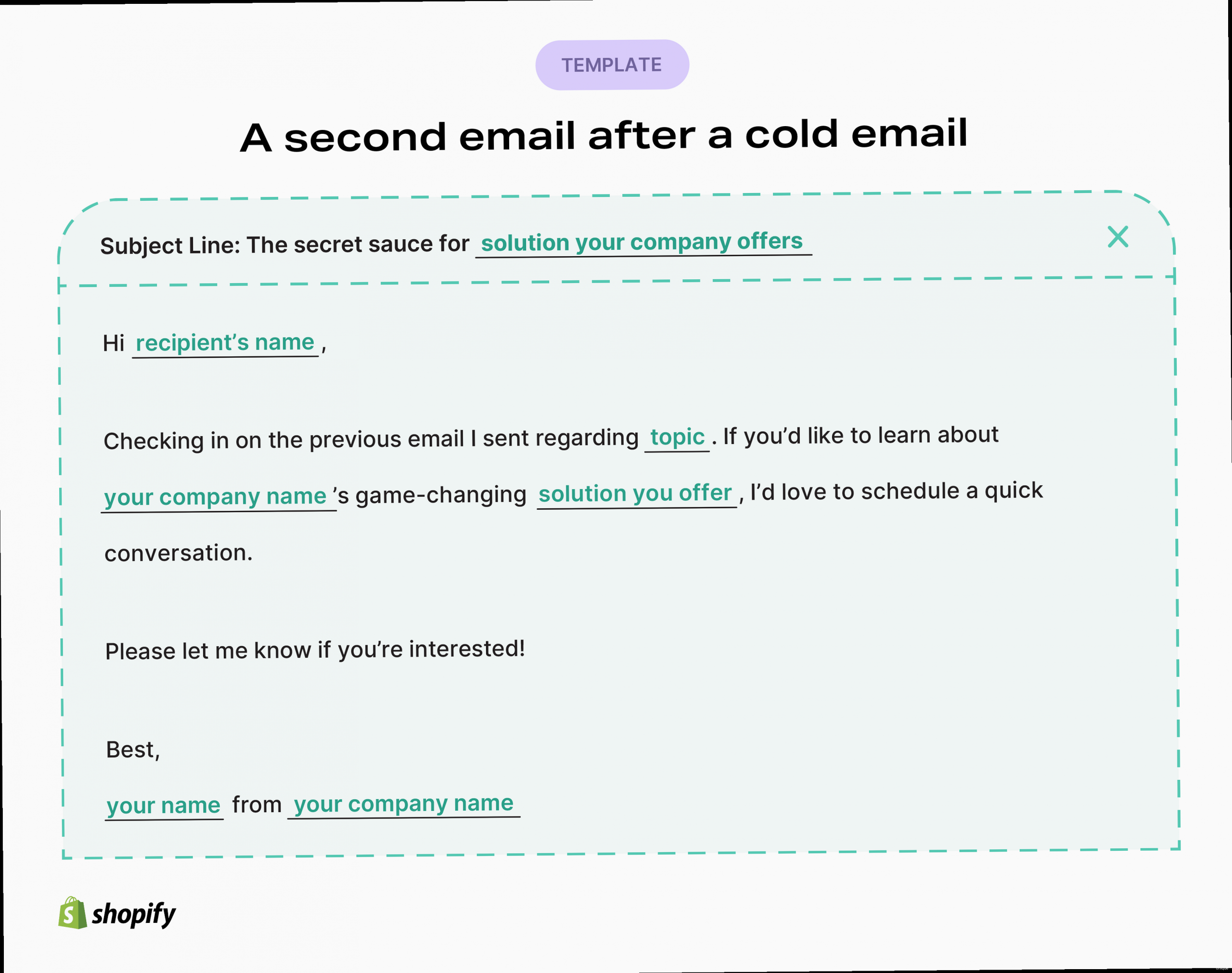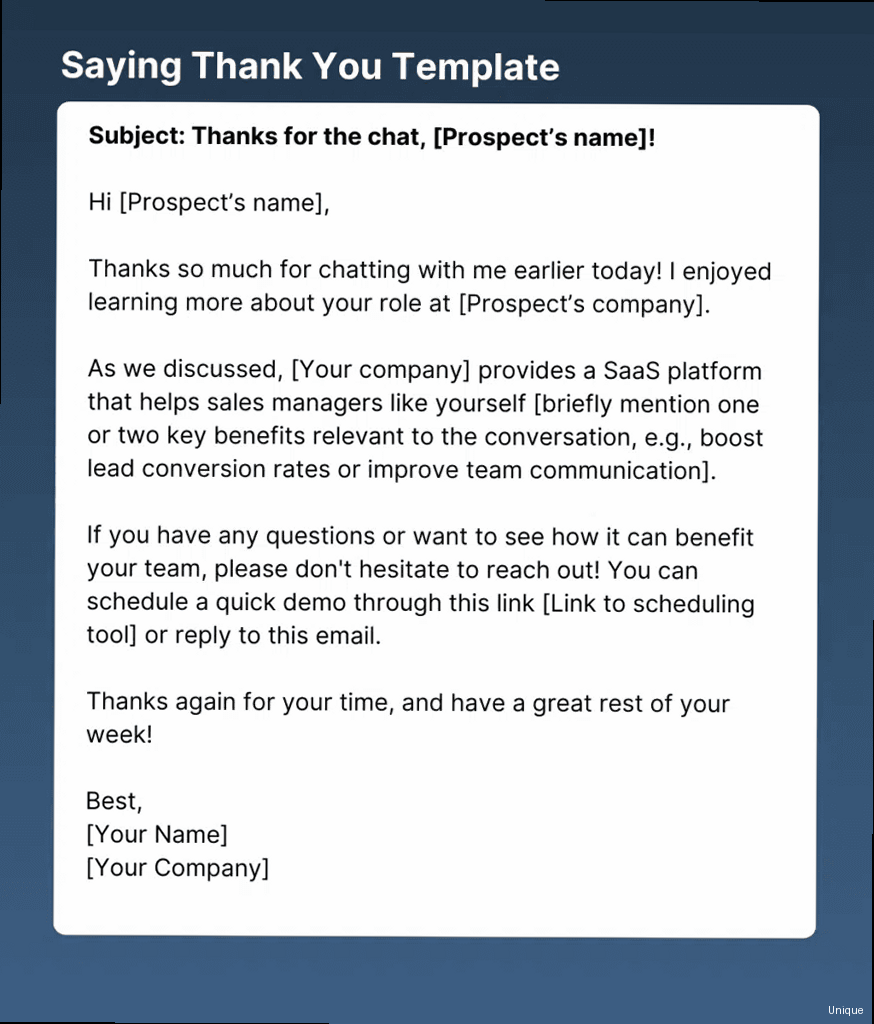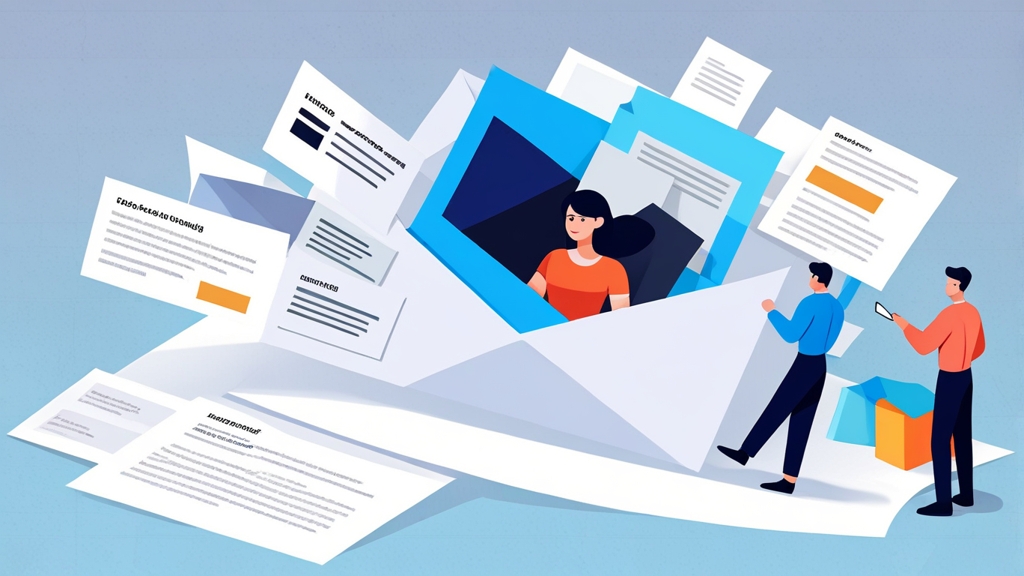Effective Cold Email Follow-Up Examples
Crafting the perfect cold email is only half the battle. Often, the real magic happens in the follow-up. This article provides concrete examples of cold email follow-ups that get results, showing you how to re-engage prospects and turn lukewarm interest into tangible leads. We’ll cover different scenarios and strategies, equipping you with the tools to write compelling follow-ups that boost your response rate.
Table of Contents
- The Gentle Nudge: Reminding and Re-Engaging
- Adding Value: Sharing Relevant Insights
- The “Break-Up” Email: A Final Attempt
- Automated Follow-Ups: Sequences and Scheduling
The Gentle Nudge: Reminding and Re-Engaging
 follow up examples - A person gently nudging another person's shoulder, symbolizing a subtle reminder" title="Illustration for A person gently nudging another person's shoulder, symbolizing a subtle reminder" width="512" height="512" / class="wp-image-163 wp-image-12400">
follow up examples - A person gently nudging another person's shoulder, symbolizing a subtle reminder" title="Illustration for A person gently nudging another person's shoulder, symbolizing a subtle reminder" width="512" height="512" / class="wp-image-163 wp-image-12400">Example 1: The Short & Sweet Reminder
This example is best used 3-5 days after your initial email.Subject: Quick follow-up regarding [topic from initial email]
Hi [Prospect Name],
Just wanted to quickly circle back on my previous email about [briefly mention the problem you solve].
Is this something your team is currently exploring? Happy to chat for 15 minutes if it is.
Best,
[Your Name]
Example 2: The “Did This Get Lost?” Approach
This tactic can be effective if you suspect your email might have been accidentally filtered or overlooked. Use it sparingly, though, as it can come across as slightly accusatory if overused.Subject: Checking In: [Topic from Initial Email]
Hi [Prospect Name],
I'm just checking in to make sure my previous email about [briefly mention the problem you solve] didn't get lost in your inbox.
If it's not a priority right now, no worries at all. But if you're facing challenges with [specific pain point], I'm confident we can help.
Let me know if you'd like to learn more.
Thanks,
[Your Name]
Example 3: The Benefit-Focused Reminder
This approach re-emphasizes the benefit to the prospect.Subject: Following up: [Benefit Keyword]
Hi [Prospect Name],
Just wanted to follow up on my previous email regarding [briefly mention initial email topic] and highlight the potential to [quantifiable benefit, e.g., "reduce your operational costs by 15%"].
Are you available for a quick chat next week to discuss how we can achieve this for your company?
Thanks,
[Your Name]
Adding Value: Sharing Relevant Insights

Example 1: Sharing a Relevant Article
This works well when you’ve identified a specific pain point your prospect likely faces.Subject: [Prospect Name], Thought you might find this helpful
Hi [Prospect Name],
Following up on my previous email about [initial email topic]. I recently came across this article on [specific topic related to their industry/challenge]: [link to article].
It highlights some key insights on [briefly summarize the article's key takeaways and how they relate to the prospect's needs].
I thought it might be relevant to your work at [Prospect's Company]. Would be happy to discuss how [Your Company] can help you implement similar strategies.
Best,
[Your Name]
Example 2: Sharing a Case Study
Case studies provide social proof and demonstrate the effectiveness of your solution.Subject: [Company Name] achieved [Quantifiable Result] with [Your Company]
Hi [Prospect Name],
Following up on my previous email about [initial email topic]. I wanted to share a recent case study highlighting how we helped [Similar Company] achieve [quantifiable result, e.g., "a 30% increase in lead generation"] by [briefly mention the key strategies used].
You can find the full case study here: [link to case study].
Given your work at [Prospect's Company], I thought you might find it insightful. Happy to discuss how we can replicate similar results for you.
Thanks,
[Your Name]
Example 3: Offering a Free Tool or Resource
This demonstrates your willingness to provide value upfront.Subject: Free Resource: [Tool Name] for [Prospect's Industry]
Hi [Prospect Name],
Following up on my previous email about [initial email topic]. I wanted to offer you a free resource that I think you'll find valuable: [brief description of the tool/resource and its benefits].
You can access it here: [link to tool/resource].
It's specifically designed to help [target audience] with [specific problem]. I'd love to get your feedback on it.
Let me know what you think!
Best,
[Your Name]
The “Break-Up” Email: A Final Attempt
The “break-up” email is your last-ditch effort. It’s a final attempt to elicit a response before you remove the prospect from your follow-up sequence. The tone should be respectful, understanding, and offer an easy out. The key is to avoid sounding bitter or resentful. Instead, acknowledge that your product or service might not be a good fit for them right now and offer to remove them from your list. Surprisingly, this approach can sometimes trigger a response, either because the prospect feels guilty or because they realize they do have a need after all. Even if it doesn’t result in a sale, it demonstrates professionalism and leaves a positive impression.Example 1: The Simple and Direct Break-Up
This approach is straightforward and to the point.Subject: Reaching Out One Last Time
Hi [Prospect Name],
I've reached out a few times regarding [initial email topic] and haven't heard back, so I'm going to assume it's not a priority for you right now.
I don't want to keep clogging up your inbox, so I'll remove you from my list.
If things change in the future, please don't hesitate to reach out.
Best regards,
[Your Name]
Example 2: The “Perhaps Wrong Timing” Break-Up
This acknowledges that timing might be the issue.Subject: Closing the Loop
Hi [Prospect Name],
Since I haven't heard back from you regarding [initial email topic], I'm guessing the timing isn't right for this.
I understand that priorities shift, so I'll stop bothering you for now.
If you think this might be relevant at some point in the future, feel free to connect. Otherwise, I'll leave you be.
Thanks for your time.
Best,
[Your Name]
Example 3: The Benefit-Focused Final Attempt
One last reminder of the potential benefits before bowing out.Subject: One Last Thought on [Benefit Keyword]
Hi [Prospect Name],
I wanted to follow up one last time regarding how [Your Company] can help you [achieve specific benefit related to their business, e.g., "improve your website's conversion rates"].
Since I haven't heard back, I'll assume this isn't a priority for you at the moment. I'll remove you from my follow-up list.
If you ever decide to explore options for [area of benefit], please feel free to reach out.
All the best,
[Your Name]
Automated Follow-Ups: Sequences and Scheduling
Manually sending each follow-up email is time-consuming and inefficient. Email automation platforms allow you to create sequences of follow-up emails that are automatically sent based on pre-defined triggers and schedules. This ensures consistent follow-up and frees up your time to focus on other tasks. The key is to carefully plan your sequence, considering the timing, content, and call to action of each email. Avoid overwhelming prospects with too many emails in a short period. A well-structured sequence should provide value, build trust, and gradually guide the prospect towards a conversion.Example 1: A Simple 3-Email Follow-Up Sequence
This sequence spans approximately two weeks.| Timing | Subject Line | Content | |
|---|---|---|---|
| 1 | Initial Email | [Compelling Subject Line related to their needs] | Initial pitch, clearly outlining the problem you solve and the benefits you offer. |
| 2 | 3 days after Email 1 | Following up: [Topic from Initial Email] | Gentle nudge, reminding them of your initial email and offering a quick chat. |
| 3 | 7 days after Email 2 (10 days after Email 1) | [Prospect Name], Thought you might find this helpful | Share a relevant article or case study that provides value and reinforces your expertise. |
| 4 | 7 days after Email 3 (17 days after Email 1) | Reaching Out One Last Time | The “break-up” email, offering an easy out and leaving a positive impression. |
Example 2: Using If/Then Logic for Personalized Sequences
Most email automation platforms allow you to create branches in your sequences based on specific triggers, such as whether the prospect opened the previous email or clicked on a link.- If Prospect Opens Email 1 Then Wait 3 Days -> Send Email 2 (Gentle Nudge)
- Else Wait 5 Days -> Send Email 2 (Gentle Nudge – different version acknowledging they might have missed the first email)
- If Prospect Clicks Link in Email 2 Then Wait 2 Days -> Send Email 3 (Offer a Free Consultation)
- Else Wait 5 Days -> Send Email 3 (Share a Case Study)
Example 3: Tracking and Optimizing Your Follow-Up Sequences
It’s crucial to track the performance of your follow-up sequences to identify areas for improvement.- Track Open Rates: Which subject lines are most effective at getting prospects to open your emails?
- Track Click-Through Rates: Which emails are driving the most engagement?
- Track Response Rates: Which emails are generating the most replies?
- Track Conversion Rates: Which sequences are ultimately leading to sales?
